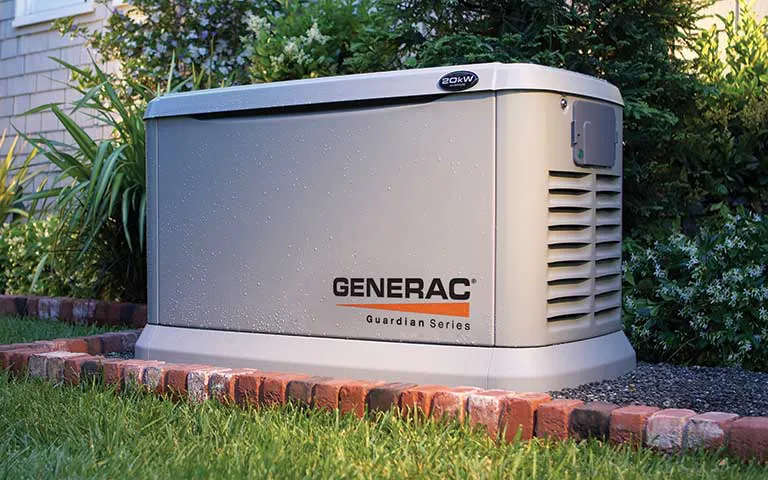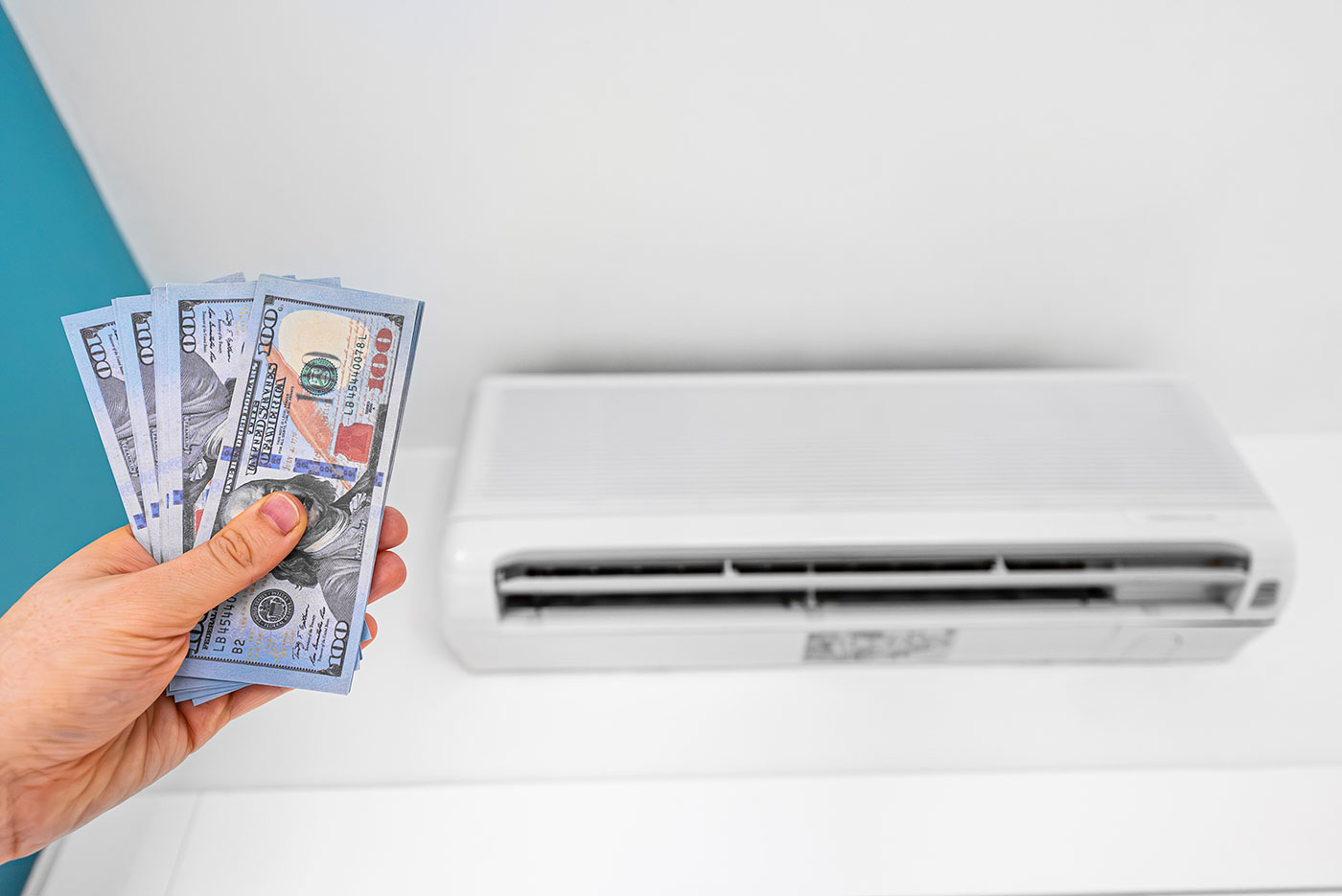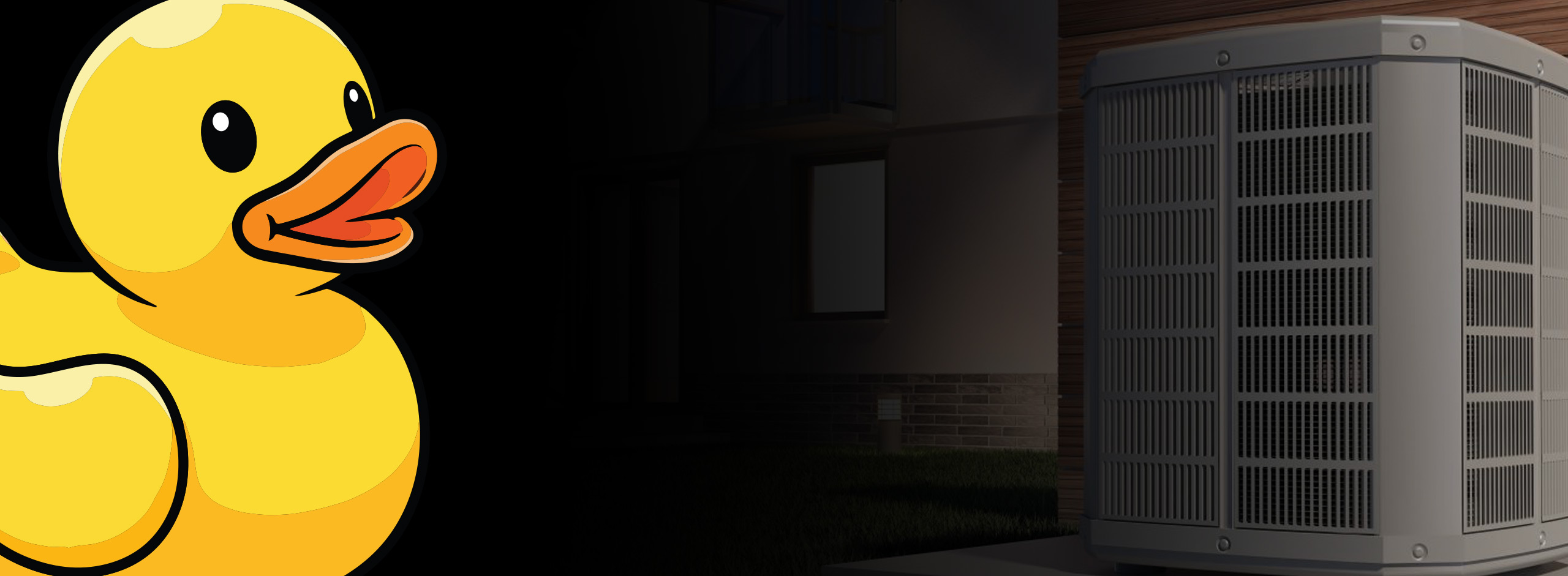
Here’s how whole home generators work:
Overall, a whole house generator provides peace of mind by ensuring that essential electrical systems in the home continue to function during power outages, maintaining comfort, safety, and security for homeowners and their families.





